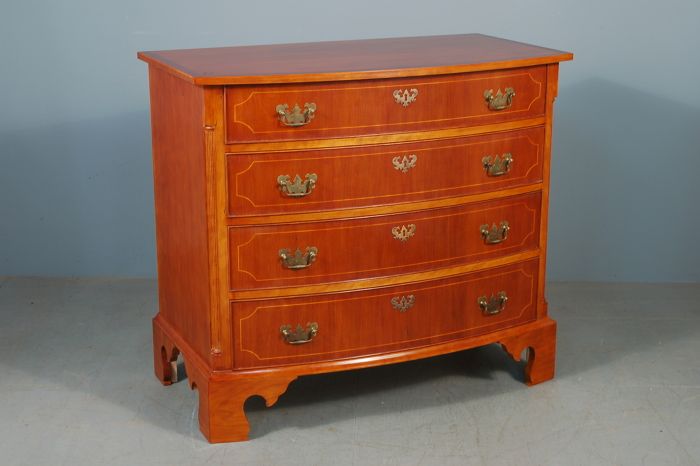
The completed bureau. A chemical dye and orange shellac made for a simple finish with rich color that will hold up for another century and continue to age gracefully.
Caleb Schultz, a furniture maker studying at Boston’s North Bennet Street School, recently built a reproduction bureau for the Emily Dickinson Museum, to help restore an American legacy. Emily Dickinson, one of America’s finest poets, lived from 1830 to 1886, and used the original bureau during her lifetime. As the story goes, after she died, her sister discovered nearly 1000 poems inside the bureau. After her death however, many of her posessions changed hands, and the bureau was preserved by the Houghton Library at Harvard University, where it now lives.
As part of a new initiative to restore Emily’s residence (called “the Dickinson Homestead”) to the way it was during her lifetime, the Museum collaborated with the Houghton Library. Instructors from North Bennet Street School worked with Caleb Shultz and the curator of the Houghton Library to take measurements of the bureau, in order to re-create it for the Dickinson Museum. “Visiting the Houghton library and working with the curator to measure the original bureau was really exciting. I learned a lot from my instructor Steve Brown about how to measure a historical piece like this when you’re going to reproduce it.”
After collecting all the necessary measurements, Caleb drafted the plans, and didn’t start building until every detail was perfect. He also told me that Lance Patterson was a huge help in identifying the original wood species of each component, and getting the details right. “The case of the original bureau was mostly solid cherry, but there were other woods used for the inlay and internal parts.” The bureau’s top is wrapped with a banding of mahogany and maple stringing, with fans in the corners of rosewood and maple. Caleb said that they took thier time selecting the quilted cherry for the sides and top- it had to have just the right type of figure. He also worked with a specialty lumber yard to find the perfect white pine for the drawer sides and bottoms. “The drawer bottoms weren’t glued-up from several pieces of wood, they were one piece, and made of totally straight-grained pine with no knots… It wasn’t easy to find, but we did it.”
It took Schultz about 15 days to build the piece while he was in school- he told me he was working on a few other projects at the same time, so it probably would have taken less time if he was working on it alone. Once the piece was built, the finishing was a collaboration with furniture conservator and finishing expert Sean Fisher at Mussey Associates in Boston, MA. “Sean was great- he actually showed me how to do some of the traditional finishing, and I got to help apply some of the finish, too.” After chemically aging the wood with lye to give it a coloring similar to the original, they applied orange shellac by hand. All in all, the finished bureau is an accurate reproduction of the original, but he told me that the goal wasn’t to make it indistinguishable from the old one- you can’t recreate years of use and abuse, and that wasn’t what they were going for anyway. Caleb said everyone was really happy with the way it turned out, and is glad to have helped recreate the famous poet’s bedroom.
More like this
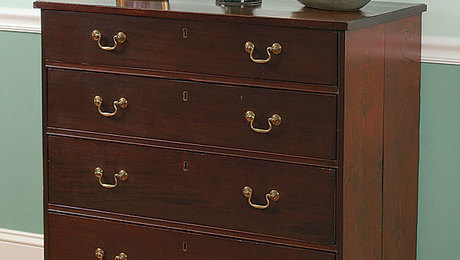 |
How to Match an Antique Finish |
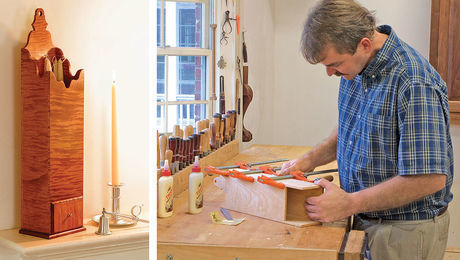 |
18th-Century Pipe Box Provides Elegant Storage |
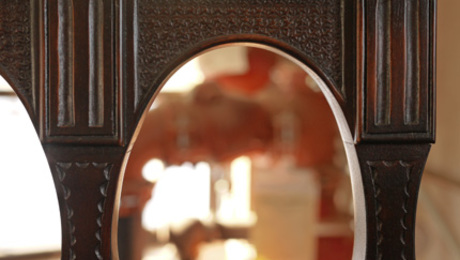 |
Like a Kid in a Candy Shop |

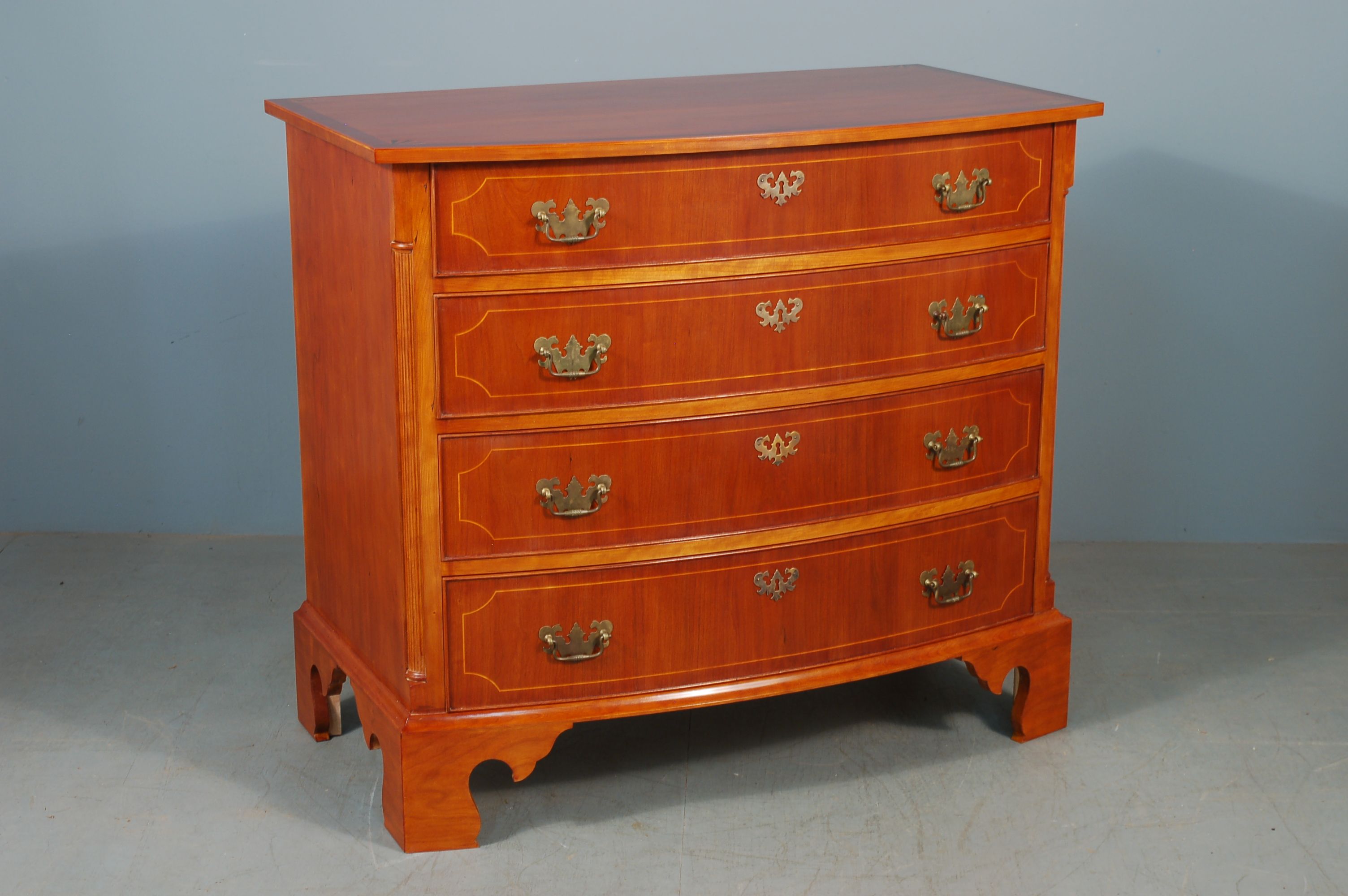
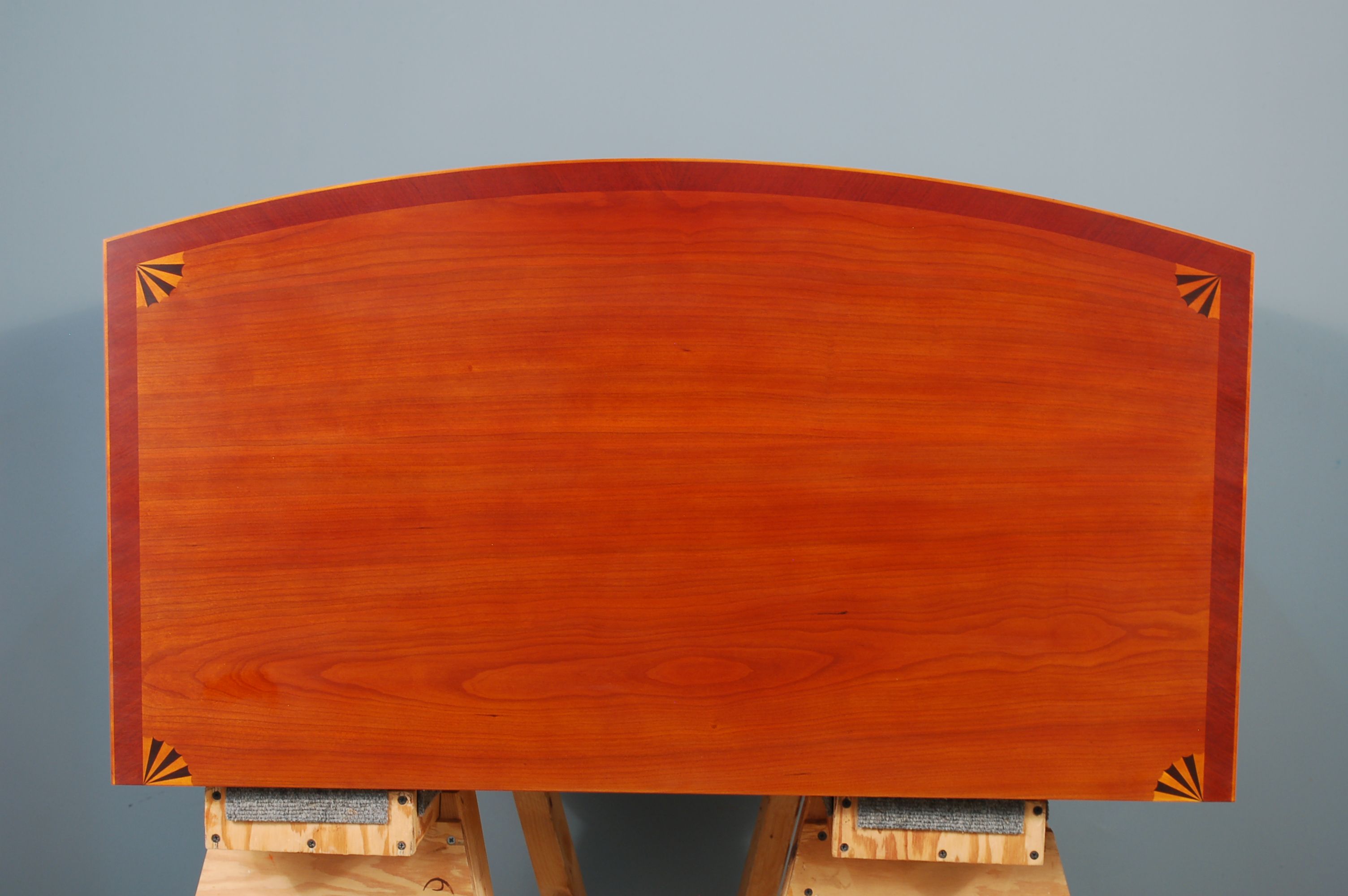
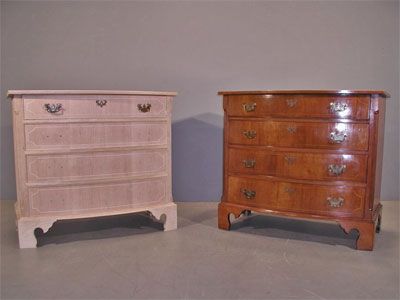
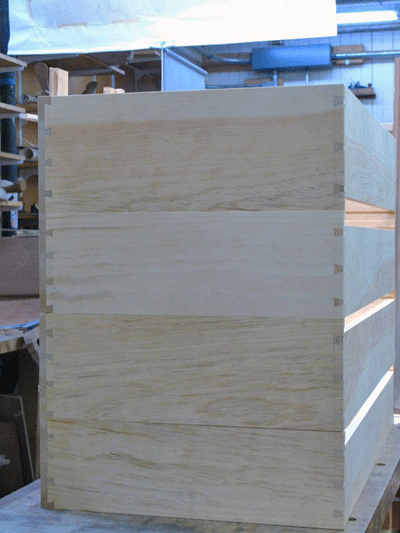

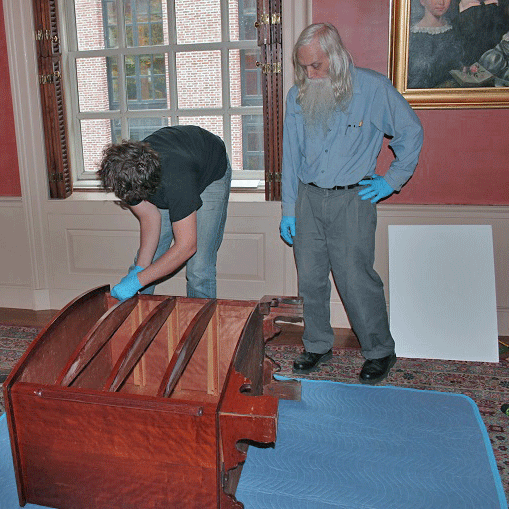
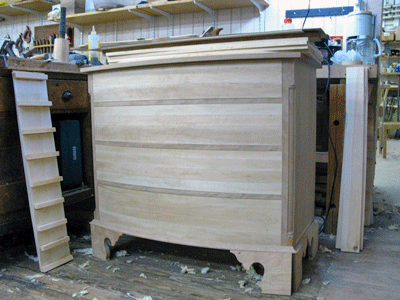
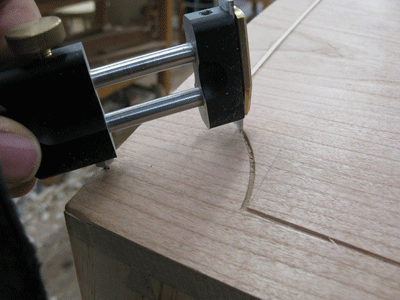
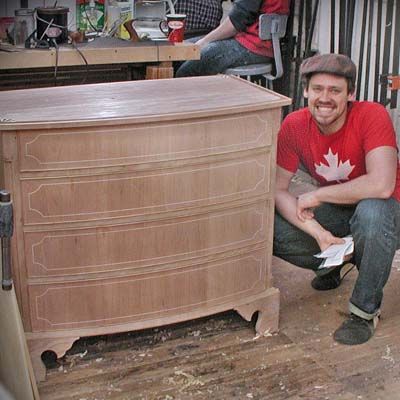






















Comments
Too bad he's not offering the plans. What wife wouldn't want a repro of Emily Dickinson's dresser?
Log in or create an account to post a comment.
Sign up Log in